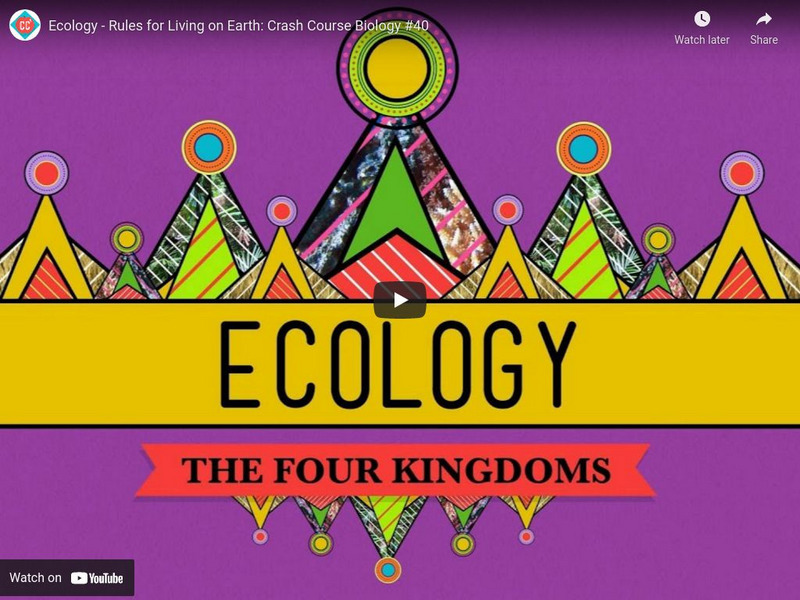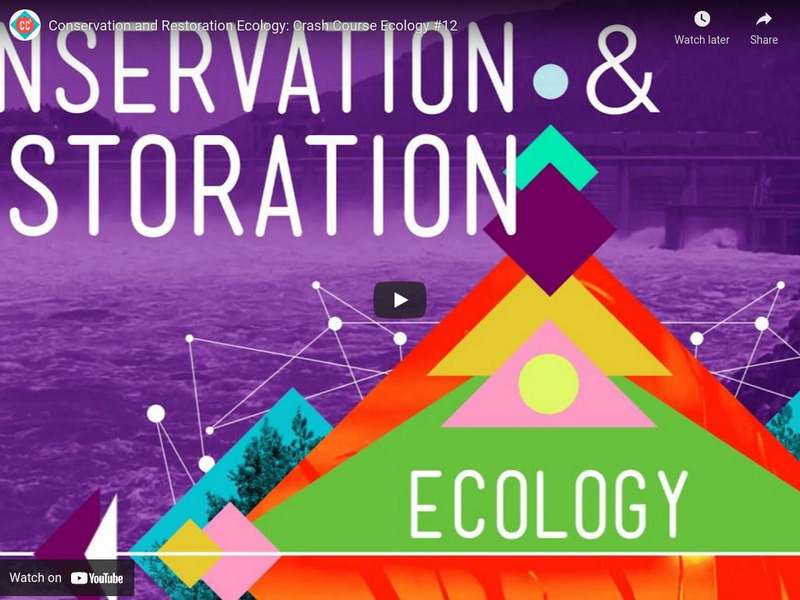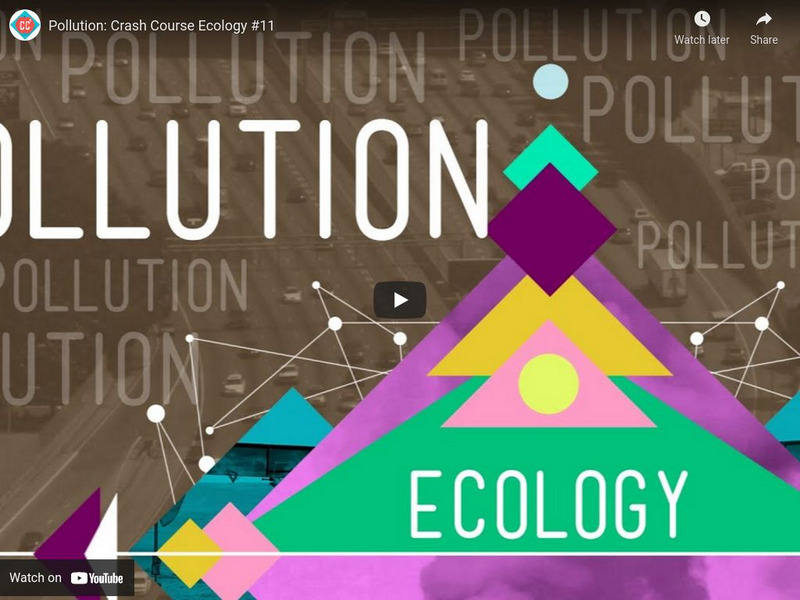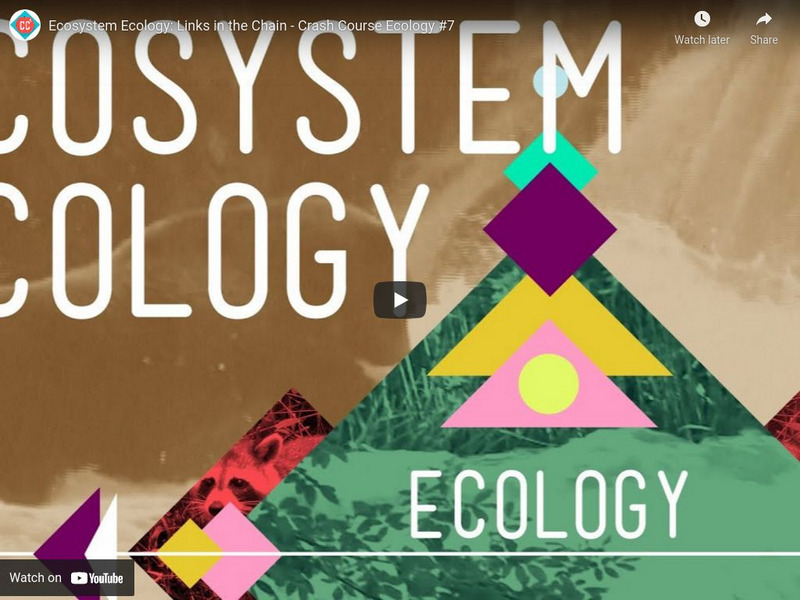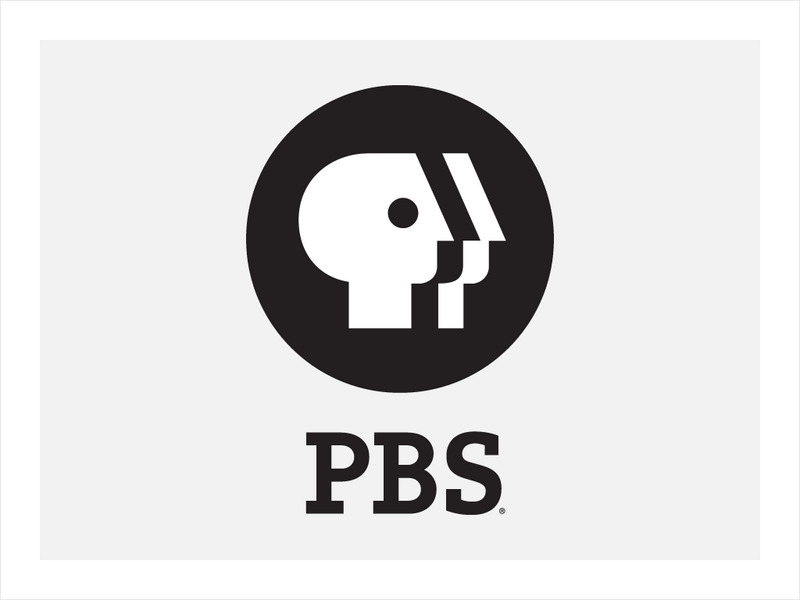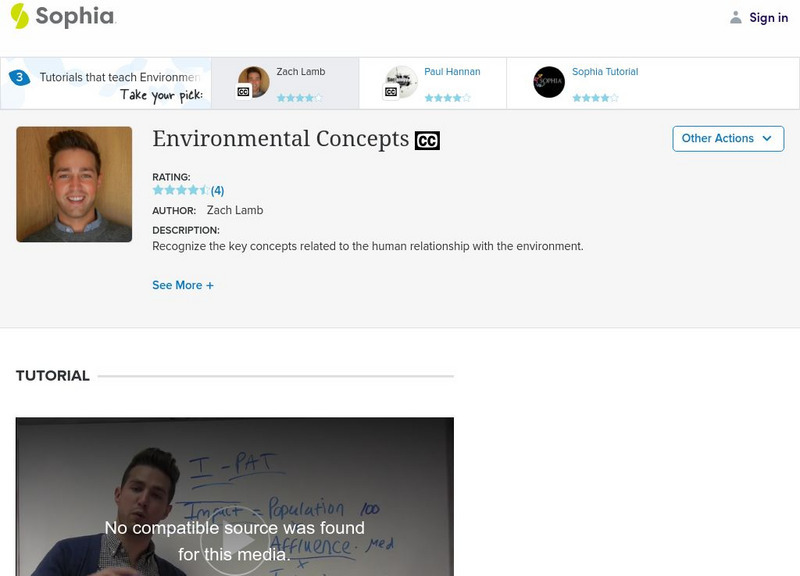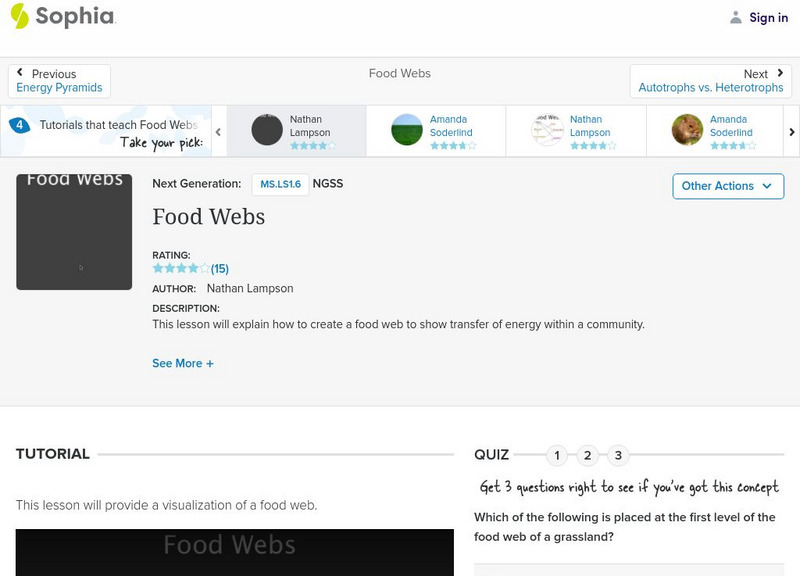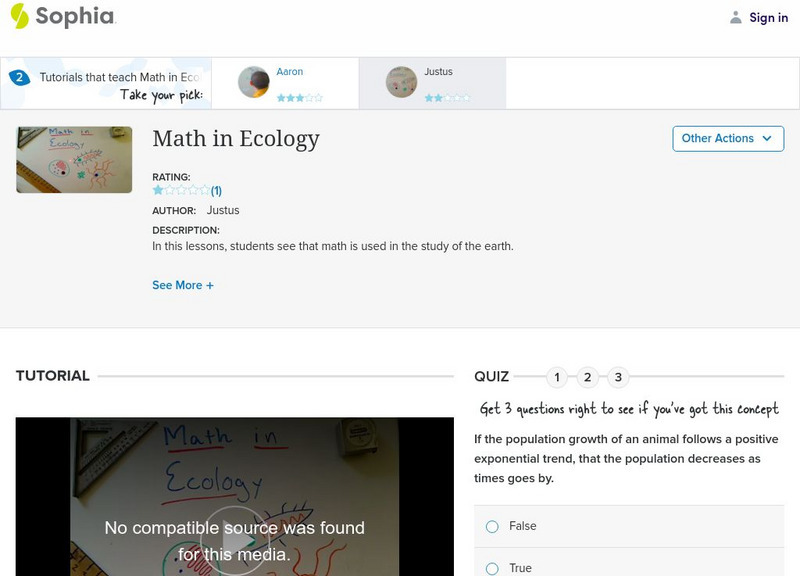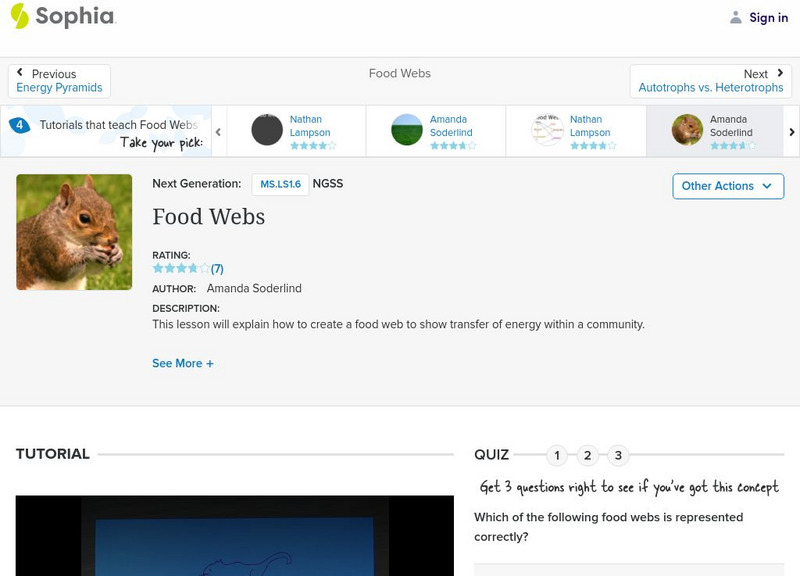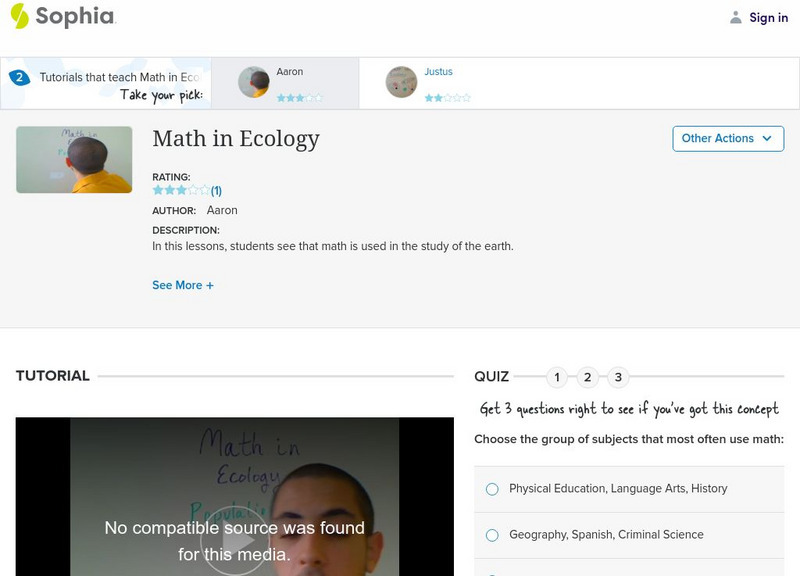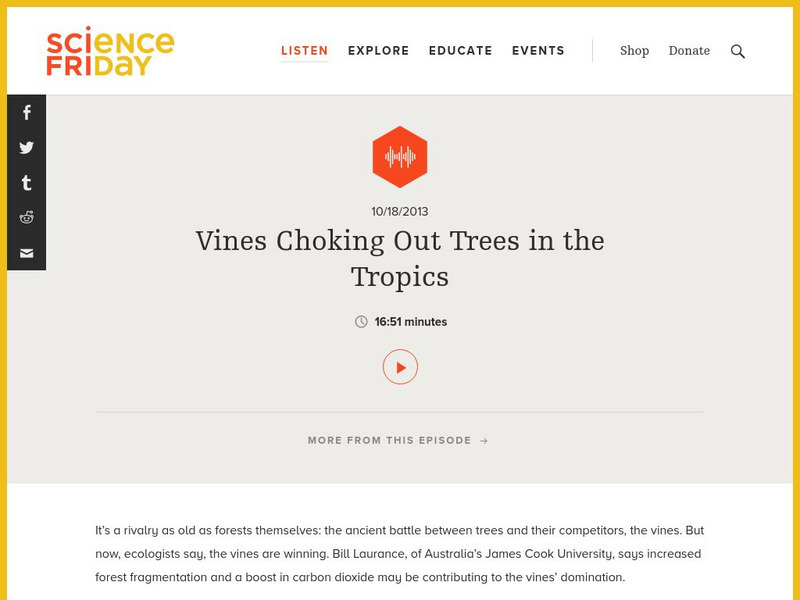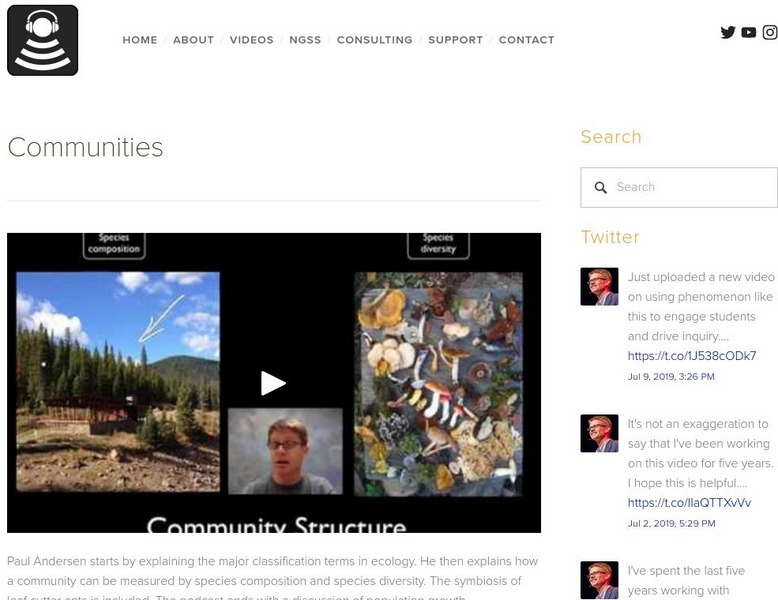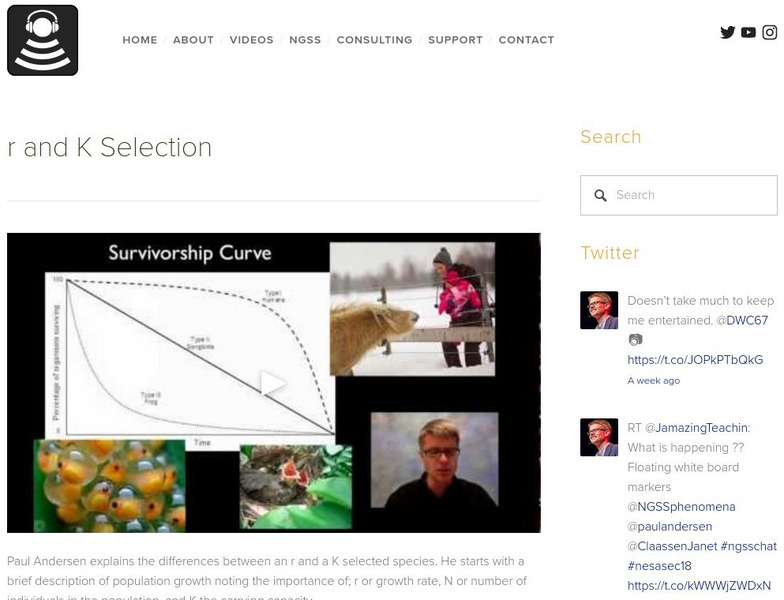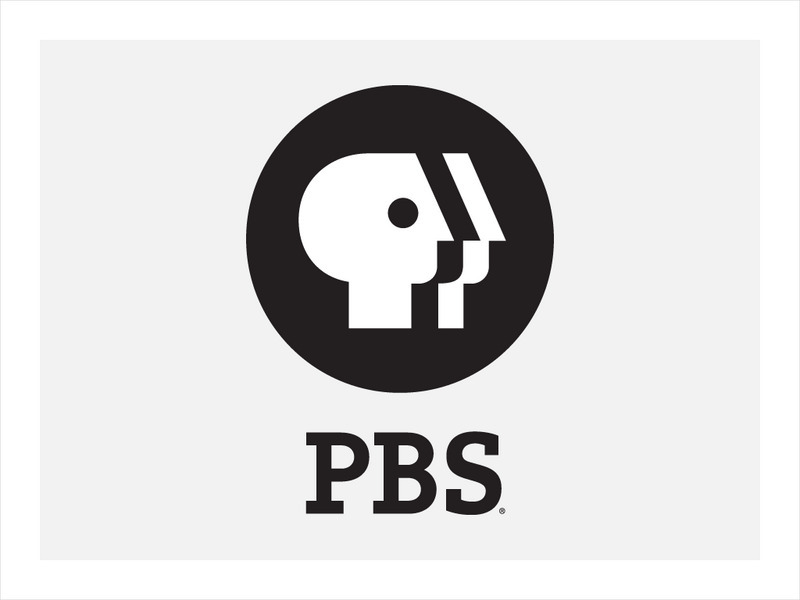Hi, what do you want to do?
Crash Course
Crash Course Biology #40: Ecology Rules for Living on Earth
Hank introduces us to ecology - the study of the rules of engagement for all of us earthlings - which seeks to explain why the world looks and acts the way it does. The world is crammed with things, both animate and not, that have been...
Crash Course
Crash Course Ecology #12: Conservation and Restoration Ecology
Hank wraps up the Crash Course on ecology by taking a look at the growing fields of conservation biology and restoration ecology, which use all the kung fu moves we've learned about in the past eleven weeks and apply them to protecting...
Crash Course
Crash Course Ecology #11: Pollution
Hank talks about the last major way humans are impacting the environment in this penultimate episode of Crash Course Ecology. Pollution takes many forms - from the simplest piece of litter to the more complex endocrine distruptors - and...
Crash Course
Crash Course Ecology #7: Ecosystem Ecology Links in the Chain
Hank brings us to the next level of ecological study with ecosystem ecology, which looks at how energy, nutrients, and materials are getting shuffled around within an ecosystem (a collection of living and nonliving things interacting in...
Khan Academy
Khan Academy: Introduction to Conservation Science
Consider the future of the biosphere in this video that discusses the field of conservation science. [6:44]
Khan Academy
Khan Academy: Ecology: Ecology Introduction
Ecology is the study of how living things interact with each other and their environment. This includes living things (biotic factors) and non-living things (abiotic factors). [9:48]
PBS
Pbs: Migrations, Grades 3 and 5
Students will learn about Wyoming's pronghorn population and the challenges it faces from human activity.
PBS
Pbs Kids: Eeko World: Plants and Animals
Interactive material and animated video for kids to learn about the ecology of plants and animals, and what they can do to protect the environment.
Sophia Learning
Sophia: Environmental Concepts: Lesson 2
This lesson will define ecology, natural environment, ecosystem, and environmental deficit, while delineating the formula for calculating human impact on the environment. It is 2 of 3 in the series titled "Environmental Concepts."
Sophia Learning
Sophia: Food Webs: Lesson 2
This lesson will explain how to create a food web to show transfer of energy within a community. It is 2 of 4 in the series titled "Food Webs."
Sophia Learning
Sophia: Math in Ecology: Lesson 4
In this lessons, students see that math is used in the study of the earth. It is 4 of 5 in the series titled "Math in Ecology."
Sophia Learning
Sophia: Food Webs: Lesson 4
This lesson will explain how to create a food web to show transfer of energy within a community. It is 4 of 4 in the series titled "Food Webs."
Sophia Learning
Sophia: Math in Ecology: Lesson 2
In this lessons, students see that math is used in the study of the earth. It is 2 of 5 in the series titled "Math in Ecology."
Science Friday Initiative
Science Friday: Vines Choking Out Trees in the Tropics
Increased forest fragmentation and a boost in carbon dioxide may contribute to the vines' success.
Bozeman Science
Bozeman Science: Communities
Paul Andersen starts by explaining the major classification terms in ecology. He then explains how a community can be measured by species composition and species diversity. The symbiosis of leaf cutter ants is included. The podcast ends...
Bozeman Science
Bozeman Science: R and K Selection
Paul Andersen explains the differences between an r and a K selected species. He starts with a brief description of population growth noting the importance of; r or growth rate, N or number of individuals in the population, and K the...
PBS
Pbs Teachers: Real Scientists: Forest Canopy Researcher
Learn about a scientist who invented a tool to help her do her job. Watch how she climbs trees to study epiphytes that live in the forest canopy.
Mocomi & Anibrain Digital Technologies
Mocomi: What Is Biodiversity?
Explains biodiversity and why it is important.





